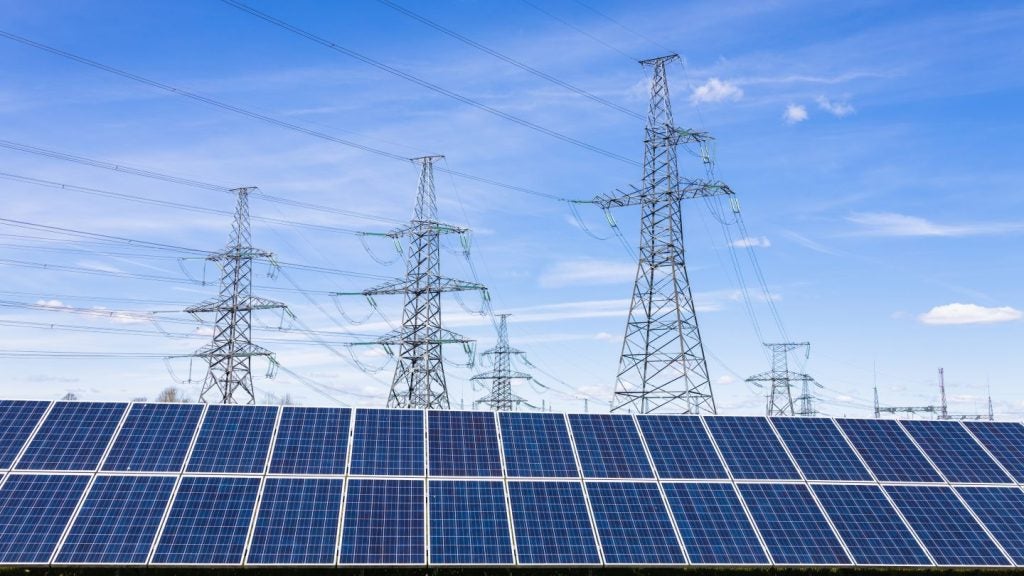The EU's reliance on fossil-fuel imports could be reduced by half by 2040, with electrification being the primary contributing factor, reported Ember.
The growth of wind and solar energy has already saved the region €59bn ($68.79bn) in fossil imports between 2019 and 2024, making electricity production increasingly homegrown.
Despite this progress, 82% of fossil fuels are still used outside the power sector, especially in the transport, heating, and industry sectors.
Electrifying these sectors will provide a straightforward path to achieving energy independence.
During the 2021-24 energy crisis, the EU paid an additional €930bn for fossil-fuel imports, as mentioned in Ember's report, 'Shockproof: how electrification can strengthen EU energy security'.
Ember senior energy analyst Chris Rosslowe said: "Imported fossil fuels are no basis for a secure and affordable energy system - something Europe has learned the hard way. Homegrown energy sources, such as wind and solar, take on more strategic value in a world faced by frequent crises."
"The full potential of Europe’s homegrown power supply is being wasted by a lack of urgency to electrify. Unblocking electrification is the game-changing move that can shield the continent from overreliance on volatile fossil-fuel suppliers."
Currently, imported fossil fuels account for 58% of the EU's energy needs, surpassing other major economies such as China with 24% and India with 37%.
Even though the EU has decreased its dependence on Russian supplies, new risks have surfaced, and the overall share of fossil-fuel imports remains unchanged.
The US is the top supplier of oil and liquefied natural gas (LNG), with the top four gas providers controlling 81% of imports, raising concerns about potential manipulation, says Ember.
The EU's fifth-largest gas supplier, Qatar, recently issued a warning to reduce its LNG supply unless environmental and labour regulations are relaxed.
Meanwhile, the US has been leveraging energy in trade discussions.
The report states that only 22% of EU energy is electrified in comparison to 28% in China. Countries such as Norway (47%) and Sweden (33%) demonstrate the possible progress.









